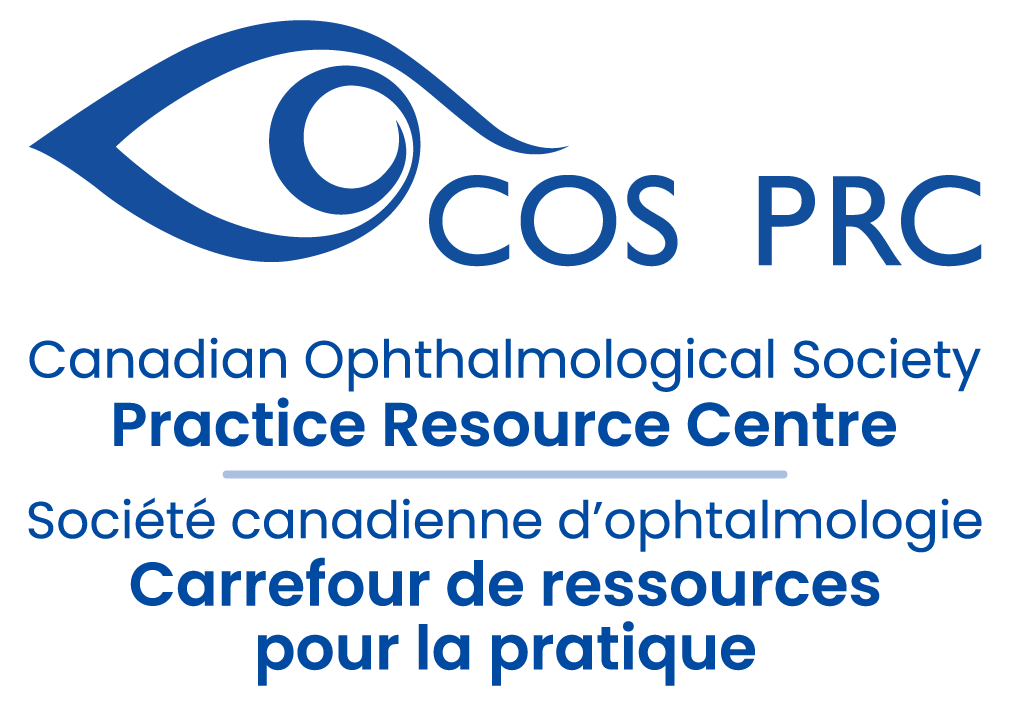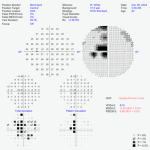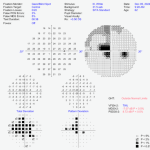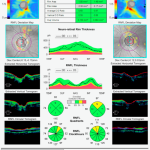Quiz Summary
0 of 10 Questions completed
Questions:
Information
You have already completed the quiz before. Hence you can not start it again.
Quiz is loading…
You must sign in or sign up to start the quiz.
You must first complete the following:
Results
Results
0 of 10 Questions answered correctly
Your time:
Time has elapsed
You have reached 0 of 0 point(s), (0)
Earned Point(s): 0 of 0, (0)
0 Essay(s) Pending (Possible Point(s): 0)
Categories
- Not categorized 0%
- 1
- 2
- 3
- 4
- 5
- 6
- 7
- 8
- 9
- 10
- Current
- Review
- Answered
- Correct
- Incorrect
-
Question 1 of 10
1. Question
69 yo female referred for cataract evaluation reports progressive visual loss OD>OS. BCVA 20/80 OD and 20/50 OS. You note RAPD and dyschromatopsia OD and suspect compressive optic neuropathy. Neuroimaging is arranged but not available until 4 months later. You see the patient again 3 weeks later and find BCVA now 20/200 OD and 20/60 OS, with a diminished RAPD but worse dyschromatopsia OD and new dyschromatopsia OS. Which of the following statement is correct?
CorrectIncorrect -
Question 2 of 10
2. Question
A 94 yo male presents with binocular diplopia. BCVA 20/200 OD and 20/40 OS. Pupil OD is 3mm larger than pupil OS with RAPD OD. There is complete ptosis OD along with deficit in adduction, elevation, and depression OD. Which of the following additional finding(s) would make you MOST suspicious of a right-sided carotid cavernous fistula?
CorrectIncorrect -
Question 3 of 10
3. Question
68 yo female with known hypertension presents with a 1-day history of binocular oblique diplopia. She endorses a headache and dull right-sided facial pain. Examination reveals a mild ptosis, -2 deficit in adduction, -2 elevation, and -2 depression, all in OD, with full ocular motility OS. Pupils were equal and reactive to light. What is the most appropriate next step in her management?
CorrectIncorrect -
Question 4 of 10
4. Question
89 yo female presents with profound visual loss OD following transient “black-out” of vision in the same eye for approximately 10 min 3 days ago. Examination reveals a dense RAPD OD and pallid optic disc edema in the same eye. CRP is within normal limits. What is the most appropriate next step?
CorrectIncorrect -
Question 5 of 10
5. Question
A 37F with recent weight gain presents with bilateral optic nerve head edema noted at a routine examination by her optometrist. She endorses headaches and recent weight gain. What is the next most important step in her management?
CorrectIncorrect -
Question 6 of 10
6. Question
A 52M presents with left Horner’s syndrome discovered incidentally at a routine optometric visit. Which of the following would necessitate emergent neuroimaging?
CorrectIncorrect -
Question 7 of 10
7. Question
A 62M is referred to you for cataract assessment. He is known to have migraines with visual aura for many years. His most recent migraine was 5 days ago, and he felt the visual aura was more intense and the pain was more prolonged than his previous migraines. He is currently bothered by glare and haloes and is light-sensitive. Vision is 20/50 OD and 20/60 OS, and examination shows moderate ocular surface disease along with nuclear sclerotic cataracts with significant PSC changes. You perform OCT and visual fields which is shown below.
What is the most appropriate next step?
CorrectIncorrect -
Question 8 of 10
8. Question
Which combination correctly outlines the clinical triad of pituitary apoplexy?
CorrectIncorrect -
Question 9 of 10
9. Question
When evaluating a pregnant patient for neuro-ophthalmologic disease, which of the following statements are TRUE?
CorrectIncorrect -
Question 10 of 10
10. Question
When considering a patient who presents with an episode of amaurosis fugax, which of the following statements are TRUE?
CorrectIncorrect






